Thunder Bay police investigators did not search the Kaministiquia River for Jordan Wabasse until the visions and dreams.
The investigators had no reason to search by the river because the 15 year-old student from Webequie First Nation was last seen getting off a bus on the evening of Feb. 7, 2011, about 100 meters away from the boarding home where he stayed while attending high school in the city.
The river was almost three kilometres away.
It was the seers consulted by the Cat Lake and Webequie searchers who said Wabasse’s spirit was in the river. They saw it in dreams and visions.
Wabasse had been missing for over a month when the searchers found his right Adidas sneaker near the river bank in late March.
Then, in April, Wabasse’s hat was found on the river ice.
One of the seers, described as the “Blind Man” in notes kept by the search coordinator, said Wabasse met two people “young like him” before he disappeared into the river.
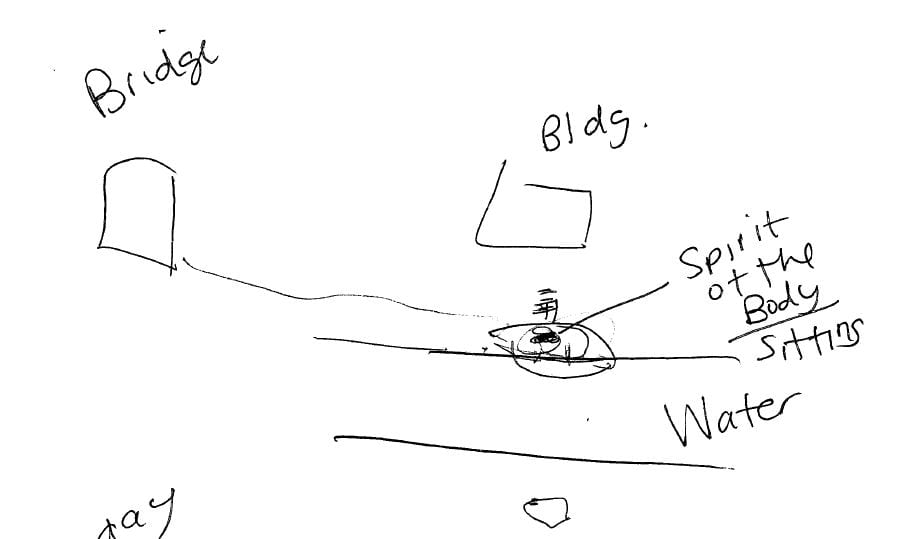
Days after the search began for Wabasse, Thunder Bay police heard he may have been killed by a Native Syndicate gang member over a drug debt in a case of mistaken identity. There was a claim Wabasse was chased by a drug dealer onto the river ice where he fell through. Investigators were still exploring the lead when Wabasse’s body was found in the Kaministiquia River on May 10, 2011.
The next day, on May 11, the Thunder Bay police issued this press release:
“The deceased male whose body was discovered in the Kaministiquia River has been identified as 15 year-old Jordan Wabasse. The identification was made following a post mortem examination conducted here in Thunder Bay this afternoon.
The preliminary results indicate the cause of death as drowning. Foul play is not suspected in Jordan’s death.
Jordan Wabasse had been missing since February 7, 2011.”
No foul play suspected.

Investigators assumed Wabasse somehow stumbled into the river and fell through the ice wearing one shoe, drunk and alone, three kilometres away from his last known location.
How the Thunder Bay police came to this determination so quickly is still unclear. The jury for the coroner’s inquest called to investigate the deaths of seven First Nation students in Thunder Bay found they couldn’t rule out foul play and issued a verdict describing the cause that led to Wabasse’s as “undetermined.”
The jury issued the same verdict in the river deaths of two other First Nation youth: Kyle Morrisseau, 17, who was pulled from the McIntyre River on Nov. 10, 2009, and Jethro Anderson, 15, who was pulled from the Kaministiquia River on Nov. 11, 2000.
The Thunder Bay police’s decision to quickly rule out foul play in Wabasse’s death appears to be part of a troubling pattern that also emerged in the October 2015 McIntyre River death of Stacy DeBungee. Thunder Bay police quickly ruled out foul play in DeBungee’s death before conducting a proper death investigation, according David Perry, a high profile private investigator who reviewed DeBungee’s case.
Perry concluded the Thunder Bay police made assumptions in DeBungee’s case based on the fact he was Indigenous and drinking by the river near the place of his death.
Perry said in an interview with APTN that police in the city could be missing the bigger picture and that something more sinister may lay behind some of these river deaths.
“I truly believe that there is likely a pattern,” said Perry. “I personally don’t accept the fact all of these people ended up in the river as many of the cases stated because of the consumption of alcohol, falling asleep and rolling into the river. It doesn’t make sense.”
This past Saturday, Jayden Matthews, 16, told APTN two white men in an SUV tried to abduct him. He saved himself by throwing a rock and biting. Last October, a local business owner ran across an Indigenous man who was soaked after allegedly escaping an assault along one of the city’s rivers. The story echoed that of Darryl Kakekayash’s who was thrown into the river during an assault in 2008 by a group of white men who tried to keep pushing him back into the water.
The Thunder Bay police force has faced withering criticism from First Nation leaders who say the local Indigenous community has lost all faith in its ability to investigate the deaths of First Nation people. And the cases go back years. One Fort William First Nation family is still trying to find out what happened in 1990 to Stephan Banning who was found dead in the Kaministiquia River. The death was quickly ruled a suicide and then accidental. Thunder Bay police received the name of a witness and of an alleged perpetrator who was said to have thrown Banning into the river, but the investigation went nowhere.
Nishnawbe Aski Grand Chief Alvin Fiddler, Grand Council Treaty 3 Ogichidaa Francis Kavanaugh and Rainy River First Nations Chief Jim Leonard have called on the RCMP to step in and investigate DeBungee’s death along with the recent river deaths of two Indigenous youth: Tammy Keeash, 17, who was living in a group home and found dead in the Neebing-McIntyre Floodway on May 7 and Josiah Begg, 14, who was found dead in the McIntyre River on May 18.
APTN reported Friday an eye-witness said Keeash’s pants and underwear were pulled down when her body was discovered, contradicting the Thunder Bay police’s version of events.
Thunder Bay’s acting police Chief Sylvie Hauth this week rejected the idea of RCMP intervention and declared it was “business as usual” with her police force which faced no crisis. Hauth became acting chief after J.P. Levesque, the police chief, was charged with obstruction of justice and breach of trust for disclosing confidential information about Mayor Keith Hobbs, also a former city cop.
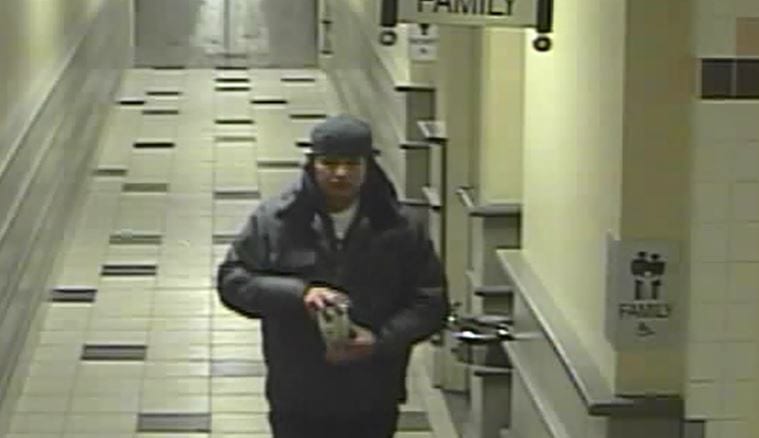
Elements of the Banning, Kakekayash and DeBungee cases are all found in Wabasse’s story.
The same day that Thunder Bay police issued their press release ruling out foul play in Wabasse’s case, an investigator interviewed another young man named Jordan Waboose from Fort Hope First Nation about what he knew about the events that led to Wabasse’s death.
The path to Waboose began on Feb. 19, 2011, when Thunder Bay police received a tip that suggested Wabasse was killed in a case of mistaken identity over an $8,000 drug debt owed to the Native Syndicate gang, according to a chronology of the police investigation filed with the inquest.
It appears little was done with that information until March 2, 2011, when detectives received another tip, this time originating in Sioux Lookout, Ont., about possible Native Syndicate involvement in Wabasse’s death. On May 7, 2011, a detective spoke to an individual who said they had second-hand information about the Native Syndicate link. The individual gave the police the name of someone who had direct knowledge that a Native Syndicate member killed Wabasse.
Thunder Bay police passed the name on to the Sioux Lookout OPP to track down. The OPP responded on March 14, 2011, with word the individual could not be located. The name of this individual is blacked out in the police chronology.
Then, on March 29, 2011, Thunder Bay detectives received a print-out of a Facebook chat where Waboose wrote that he feared Wabasse was killed over his drug debt in a case of mistaken identity.
“Rumours saying I am the reason Jordan Wabasse is missing,” wrote Waboose in the March 18, 2011, chat. “I think I have information on that shit.”
Thunder Bay police finally spoke with Waboose on May 11, 2011, a day after Wabasse’s body was pulled from the river. Waboose denied he had any information.
Then, two days later, on May 13, Thunder Bay police receive another tip, this time from a local group home. The caller told an officer that one of the residents, a teenage girl, had information on Wabasse’s death. The caller said the girl had left the group home and did not want to speak with police. This was the first time investigators heard the name of Stephen Cole in connection with Wabasse’s death, according to the chronology.
Thunder Bay detectives finally tracked down the girl and interviewed her on May 21. The girl gave police the name of her friend who had first-hand information. That same day, police interviewed the friend who said Stephen Cole spent the night with her shortly after Wabasse went missing.
“In the morning (the girl) was talking about the missing person poster for Jordan Wabasse and (Stephen) Cole told her that he and Austin Millar were walking to the Fort William First Nation to buy some cigarettes. They ran into Jordan Wabasse who was also around the area of the bridge and he was drunk. (Cole) claimed he got into an altercation with Jordan and threw Jordan Wabasse. (The girl) states that (Cole) did not say exactly where he was thrown,” according to a summary of the interrogation contained in the chronology.
Detectives interviewed Millar, who went by the nickname Bubbles, on June 14. Millar denied the girl’s story, according to a summary contained in the chronology.
Thunder Bay detectives interviewed Cole on June 23.
“(Cole) stated that the last time he saw Jordan Wabasse was prior to Christmas and that he has never made any comments about seeing him after that,” said the summary of the interrogation contained in the chronology. “Says that they were not close friends but ‘hung around with people in the same circle.’ States that he had heard that Jordan Wabasse had gone missing, but the last time he heard anything about Jordan Wabasse was when (Cole’s) mother told him Jordan Wabasse’s body was recovered from the river.”
The Wabasse investigation chronology ends on June 24, 2011.
That seemed to be the end of the Cole thread until 2013 when one of Cole’s friends Riley Freeman gave a statement to the OPP about something he knew. Freeman, who testified before the coroner’s inquest in November 2015, said he was standing outside a local movie theatre having a cigarette when Cole told him he pushed Wabasse off a bridge during a fight.
“He said that he had pushed Jordan off the bridge,” Freeman testified during the coroner’s inquest in the deaths of the seven First Nation youth who died in Thunder Bay’s waterways between 2000 and 2012. “He was serious about it and he seemed shaken up and he’s always like been getting into fights and things like that. I, I believed him at the time, yes.”
Freeman testified that Cole told him two other friends, Tom Csuk and Daniel Pelletier, witnessed the incident.
Freeman said he was never interviewed by Thunder Bay police.
Then, on Jan. 20, 2016, Cole’s half-brother Kirk Jedyk testified at the inquest that Cole told him he killed Wabasse in a fight over a bag of marijuana. Jedyk said he was smoking a joint with Cole when his half-brother confessed.
“He told me he killed the kid and pushed him off the bridge…for a bag of weed,” Jedyk testified. “He’s my brother and he likes to hurt people.”
Jedyk also testified he didn’t tell police because he wasn’t “a rat.”
Cole denied any involvement in Wabasse’s death in his testimony to the inquest.
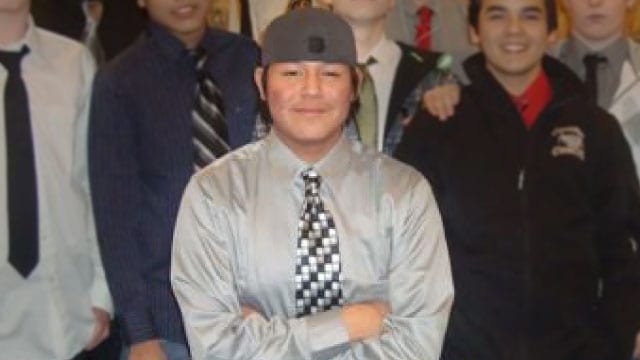
Perry, a former senior Toronto police homicide detective, said if it was his case, he would put Cole through a polygraph test.
“If he said he didn’t do it, then let’s prove it, and if they consented I would do a polygraph,” said Perry. “And if I had people saying he was bragging about it and he said he didn’t do it, I’d say then let’s prove it. Just offer him up a polygraph and get this thing off the table.”



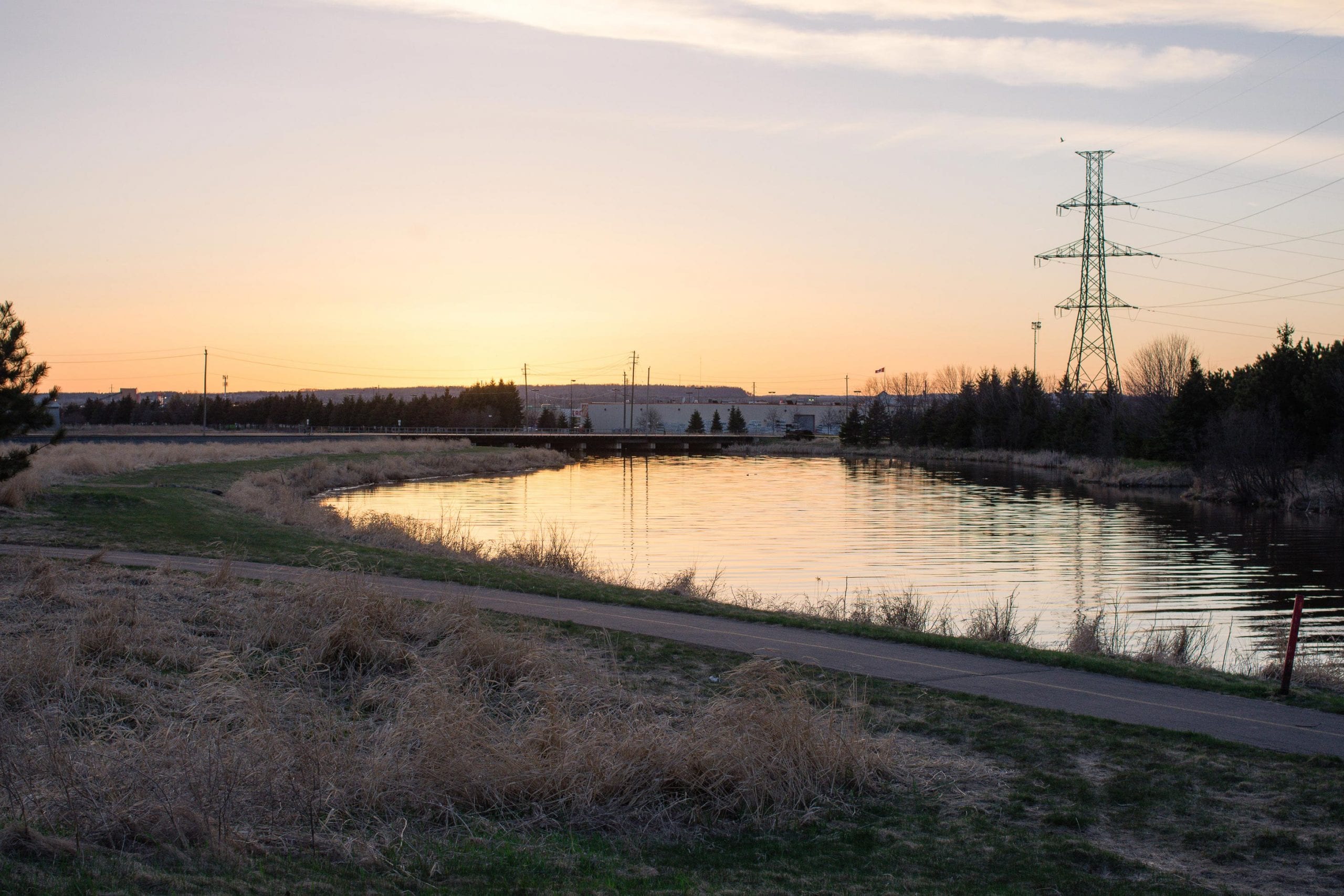


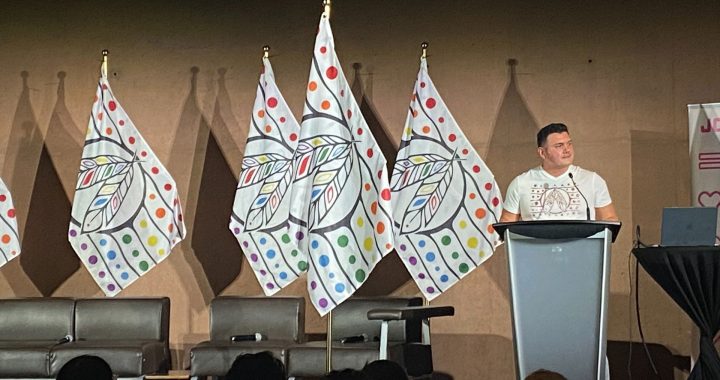
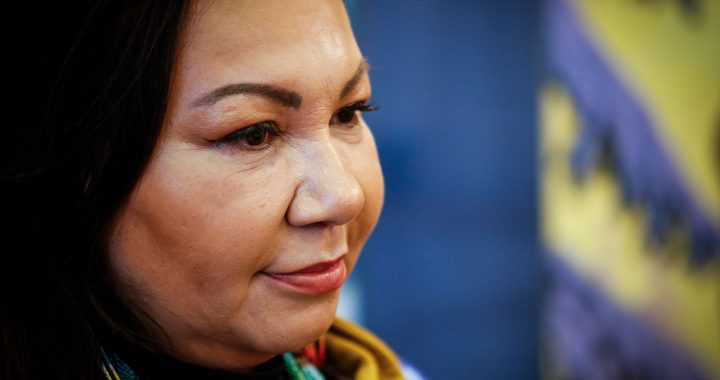
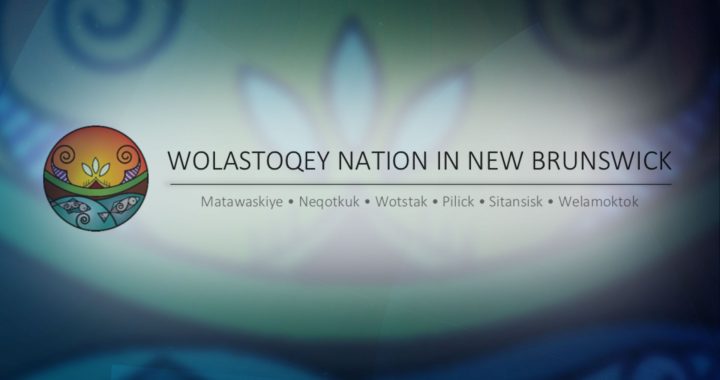

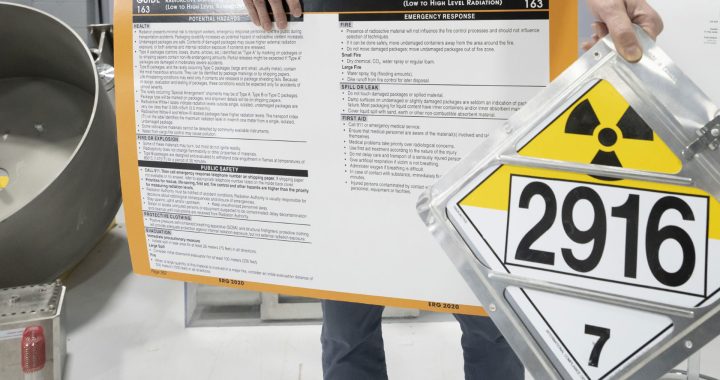
The Thunder Bay Police do not care for Native people … My strong statement reeks of racism and prejudicism…
Wow!